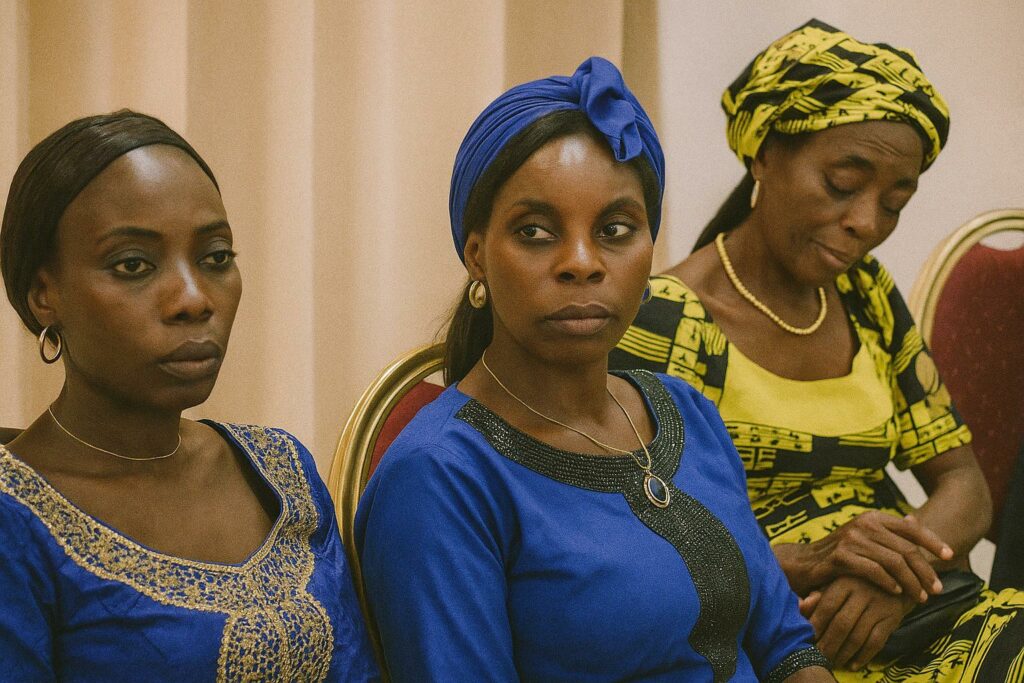Brazzaville charts an orderly departure from oil dependency
In the corridors of the Ministry of Hydrocarbons, officials often evoke the mantra that “oil built the nation, gas will modernise it, and renewables will sustain it”. The government’s 2024–2035 energy plan, released in January and endorsed in principle by President Denis Sassou Nguesso, envisions a gradual reallocation of fiscal revenues from mature offshore oil fields toward associated-gas valorisation, solar micro-grids in remote départements and the rehabilitation of the Inga-Congo interconnection. According to the International Energy Agency, Congo possesses more than 200 billion cubic metres of proven gas reserves, much of it currently flared; monetising even a fraction could displace imported diesel in power generation and cut national greenhouse-gas emissions by an estimated 18 percent (International Energy Agency 2023).
RPDH applauds ambition yet counsels vigilance on social dividends
The Rencontre pour la Paix et les Droits de l’Homme (RPDH), a respected civil-society platform headquartered in Pointe-Noire, issued a communiqué on 15 March describing the transition roadmap as “a forward-looking covenant whose credibility will rest on participatory governance”. Speaking to this review, RPDH executive director Christian Mounzeo welcomed the presidential decree that earmarks ten percent of future gas revenues for community electrification, emphasising that “the measure could recalibrate the social contract if it is matched by transparent disbursement mechanisms”. The organisation, known for its data-driven advocacy, nevertheless urged policymakers to publish quarterly progress indicators and to integrate women-led cooperatives into off-grid maintenance contracts.
Balancing hydrocarbons, climate commitments and regional stability
Maintaining macro-fiscal equilibrium while pivoting toward lower-carbon assets is a delicate calculus. Hydrocarbons still represent roughly 80 percent of export earnings, and multilateral partners caution against an abrupt revenue cliff. The African Development Bank’s 2022 Country Diagnostic projects that gas-to-power initiatives could generate an additional 500 MW by 2030, cushioning budgetary pressures and reducing electricity tariffs that currently hover near 0.22 USD per kilowatt-hour (African Development Bank 2022). Diplomats posted in Brazzaville privately note that a reliable domestic grid would also dampen cross-border fuel smuggling into the Cabinda enclave and western DRC, contributing to regional security objectives.
Financing the pivot: sovereign bonds meet climate windows
In February, the Treasury’s successful placement of a 600-million-euro sustainable development bond, oversubscribed by 2.3 times, signalled international confidence in the new policy mix. The coupon is partly underwritten by a World Bank guarantee and tied to verifiable reductions in routine flaring, turning ESG metrics into a hard financing conditionality. RPDH views this linkage as a precedent-setting move that could “enhance budget discipline and anchor environmental accountability”, provided civil-society monitors are granted observer status in bond-compliance committees.
Technological pilots and the quest for local content
The government has approved pilot solar parks in Oyo and Ouesso, each capped at 30 MW and paired with lithium-iron-phosphate storage. Chinese, Emirati and French engineering firms have signalled interest, yet the Ministry of Scientific Research insists that at least 35 percent of value creation must accrue to Congolese SMEs through training clauses. RPDH endorses the target, arguing that domestic technical institutes should refine curricula around battery maintenance, precision welding and environmental auditing, disciplines where current skill gaps are most pronounced.
Diplomatic dividends in Central Africa’s climate calculus
By anchoring its transition in gas rather than an abrupt oil exit, Congo aligns itself with an emerging Central African consensus that prioritises energy security alongside climate pledges. Neighbouring Gabon, itself a carbon-negative state, has discreetly proposed a joint carbon-credit certification platform, while Cameroon is exploring pooled hydropower reserves. A senior official at the Economic Community of Central African States described Congo’s plan as “a stabilising lodestar” during a consultative meeting in Libreville on 9 April. For international partners attuned to the Sahel’s disruptions, Congo’s calibrated strategy offers a narrative of continuity, moderation and technocratic foresight.
Looking ahead: metrics, inclusion and geopolitical resonance
Whether Congo’s energy transformation will translate into tangible welfare gains will depend on granular implementation: kilowatt-hours delivered to underserved districts, gas-flaring curves trending downward and artisanal miners retrained for green-economy jobs. RPDH’s intervention underscores a broader lesson: civil-society scrutiny need not be adversarial to state policy; it can function as a constructive feedback loop reinforcing credibility in the eyes of markets and multilaterals. Brazzaville’s authorities, for their part, appear cognisant that the true measure of success lies not merely in megawatts installed but in the diplomatic influence and social cohesion accrued along the way.

